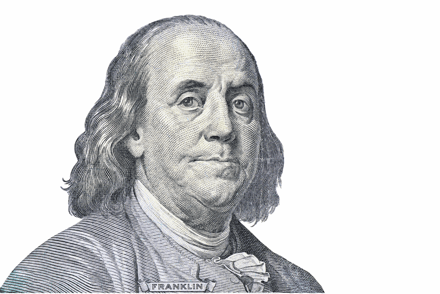 In our work with state Departments of Transportation and a Class 1 railroad we have seen many reasons why infrastructure asset owners want RFID tracking to be included with the precast concrete structures they purchase. Not surprisingly, this is always for want of better information and greater efficiency. We've written before that asset managers are becoming more innovative in their construction practices for these purposes. In this post, we identify three common reasons why customers value vendors who provide precast product tracking with their sales.
In our work with state Departments of Transportation and a Class 1 railroad we have seen many reasons why infrastructure asset owners want RFID tracking to be included with the precast concrete structures they purchase. Not surprisingly, this is always for want of better information and greater efficiency. We've written before that asset managers are becoming more innovative in their construction practices for these purposes. In this post, we identify three common reasons why customers value vendors who provide precast product tracking with their sales.
Concrete batch mix matching
The most common reason customers want to track precast concrete products is to associate each product with the concrete batch from which it was produced. This has long been a common practice with DOTs for the purpose of testing and recording concrete breakages prior to installation. They now recognize that storing and accessing these records in electronic form will enable them to correlate batch mixes with durability over time, leading to improved safety and longer asset life. For instance, if they notice wear or flaws in a particular precast structure, they can use the GPS mapping feature to locate every other structure that was produced with the same mix or out of the same batch.
Maintenance efficiency
Electronic records also produce greater maintenance efficiency for infrastructure asset owners. The North Carolina DOT estimates that it will save over $1.2 million annually by using electronic tracking to support its post-manufacturing inspections at precast manufacturing plants. And this is a fraction of what it will save by using the same system to maintain annual inspections after the products are installed in the field. NC DOT recognizes that it has to be able to do more with less as it faces tightening budgets and therefore a shrinking work force in future years. The cost and time savings from using electronic records will help them manage under both conditions.
Accounting
Accounting for infrastructure assets in the field is quite complex and virtually impossible to manage efficiently with paper records. The Railway Tie Association estimates that there are 700- to 800 million railroad ties across 200,000 miles of track owned by rail carriers in the US. This is not to mention the amount of rail, the number of switches, and all of the other assets that comprise a rail network. It is not surprising therefore that carriers want the assets they purchase to be serialized by the manufacturer and delivered with electronic records. Union Pacific Railroad led this movement several years ago by requiring manufacturers to include product tracking with the concrete ties it purchases. It has recently extended this practice for other rail assets.
The nice thing about offering a concrete product tracking system is that it can be set up inexpensively to provide all of the benefits outlined above with minimal impact on the manufacturing process. For manufacturers that produce with an assembly line, a fixed reader system can be installed. Except for the need to place RFID tags in the forms, the manufacturing process is otherwise unaffected. The fixed reader scans the tags behind the scenes as they move through the assembly line. The tracking system records the information necessary to provide the customer with the electronic records about each product manufactured.
Vendors who provide infrastructure asset tracking solutions along with their concrete products are offering superior customer value that differentiates them in bids and may even allow premium pricing in the process.
About Idencia
Our purpose at Idencia is to offer infrastructure asset tracking solutions that improve productivity throughout the infrastructure value chain.. to create lean infrastructure. Our subscription offering applies RFID tracking to infrastructure products from the time of manufacture through end-of-life. As a cloud-hosted product tracking system that is seamless between manufacturers, contractors and asset managers, Idencia adds information value to all, eliminates redundancy and saves time. If you would like to learn how Idencia can help your company, we invite you to download a copy of our Idencia Primer ebook.

Aug 8, 2015 11:06:00 AM




Comments